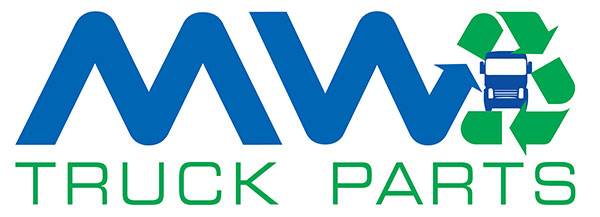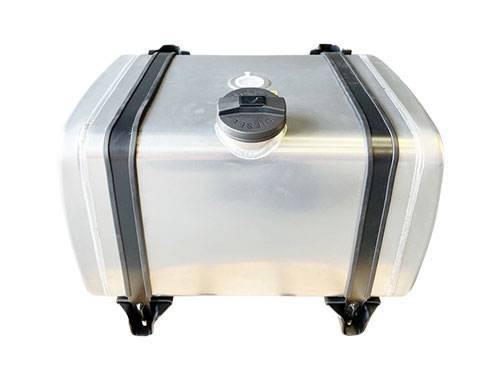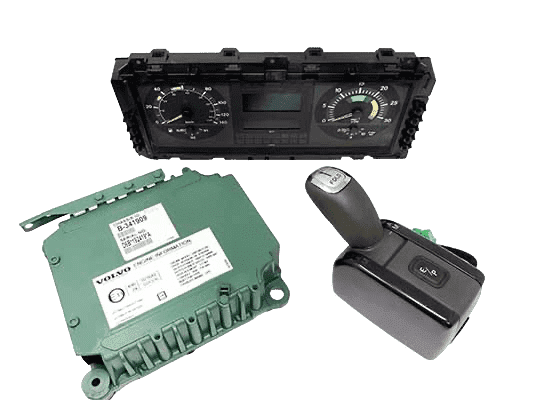For most medium—to heavy-duty lorries, engine sizes are usually 4 to 13 litres to suit the vehicle’s intended use, payload capacity, and fuel efficiency requirements. Smaller rigid lorries and urban delivery vehicles often use 6—to 8-litre engines.
The DAF LF series has 6.7-litre Paccar engines, which provide a good balance of power and efficiency for urban routes.
Most 18-tonne lorries and regional hauliers sport engines in the 9- to 11-litre bracket—the Scania DC9, a 9-litre unit, is a prime example, offering enough grunt for most tasks without excessive fuel consumption.
Heavy-duty hauliers
Larger lorry engines in the 11 to 13-litre range are typical for heavy-duty work and long-haul transport. For example, the Volvo D13, a 12.8-litre powerplant, is a staple in articulated lorries. It delivers the torque needed for hauling heavy loads over long distances.
Related: The lifespan of used truck engines
Of course, there are outliers, with specialised heavy haulage vehicles using fuel-guzzling monsters like Scania’s 16.4-litre V8.
Iveco also offers 8.7-litre engines in some of its heavier models, with powerful turbochargers and lightweight blocks enhancing performance.
With newer technologies, a well-designed 11-litre engine might outperform an older 13-litre unit in both power and efficiency.
Greener transport and engine sizes
More stringent emissions standards mean we’re seeing interest in alternative fuels and hybrid systems, which can affect the size of the main combustion engine.
Further reading: Why do most trucks in the UK have diesel engines?
A prime example is smaller diesel engines with electric motors, which work well and reduce the average engine size.
Maintenance is another factor to consider because larger engines often have longer service intervals. However, if they go wrong, they can also be more expensive to repair (reliability is key).
Horsepower and torque
Displacement is crucial for performance, but horsepower and torque matter just as much.
Volvo offers its latest FE lorry engines with outputs of 250 hp, 280 hp, 320 hp, and 350 hp, while DAF offers engines from 299 hp to 530 hp.
The engines for Volvo FH16 Aero and Volvo FH16 have outputs of 600 hp, 700 hp, or 780 hp, making them the most powerful Volvo truck engines.
Summing up
Choosing the right lorry and engine size is a balancing act between performance and running costs. Too small, and your lorry risks mediocre performance. If it is too large, you will carry extra weight and burn more fuel than necessary.
Most lorry engines are 6 to 13 litres, with heavier models requiring either more displacement or a larger turbocharger. Lorries under 18 tonnes usually use engines up to 9 litres, with smaller, lighter units becoming more common.















